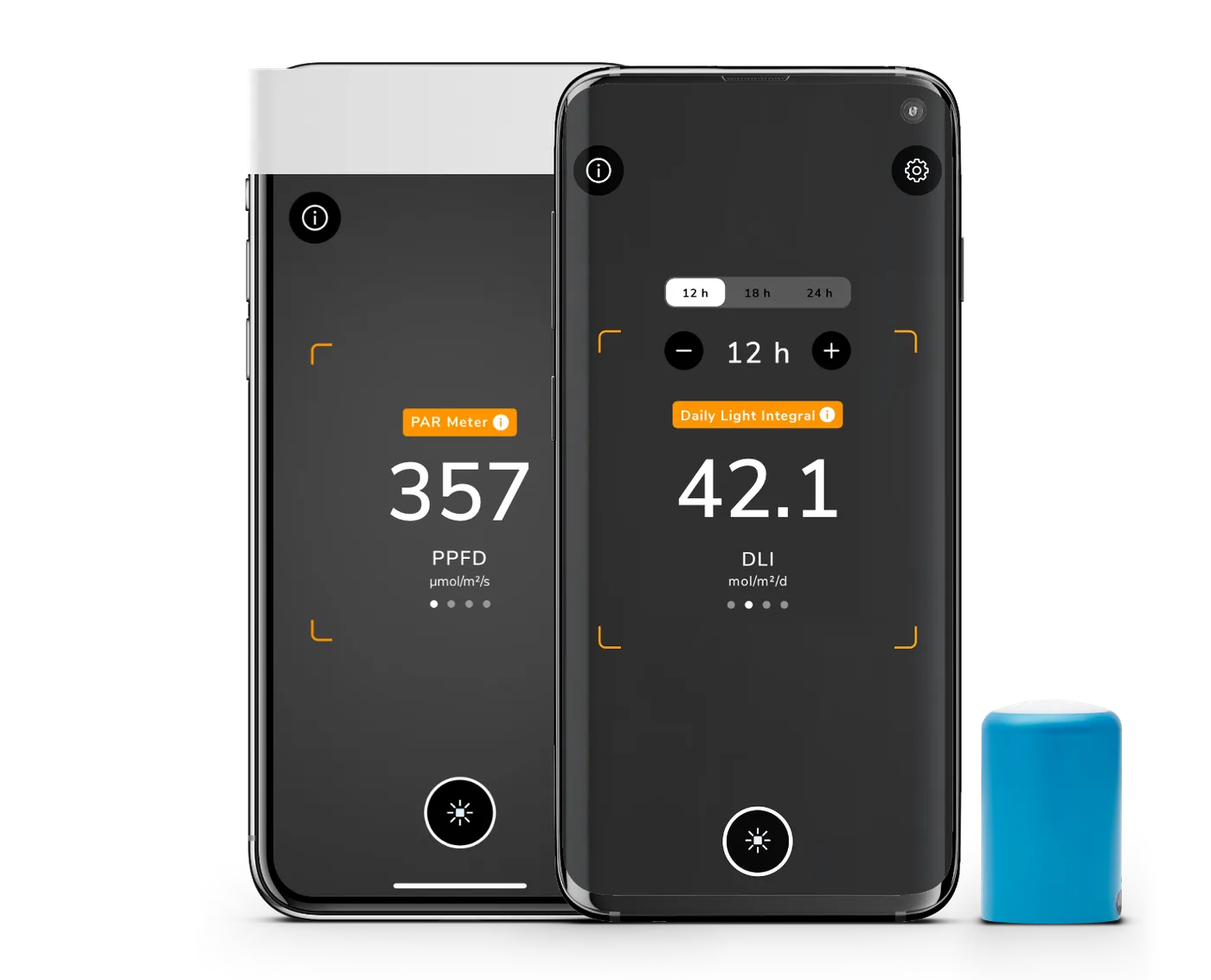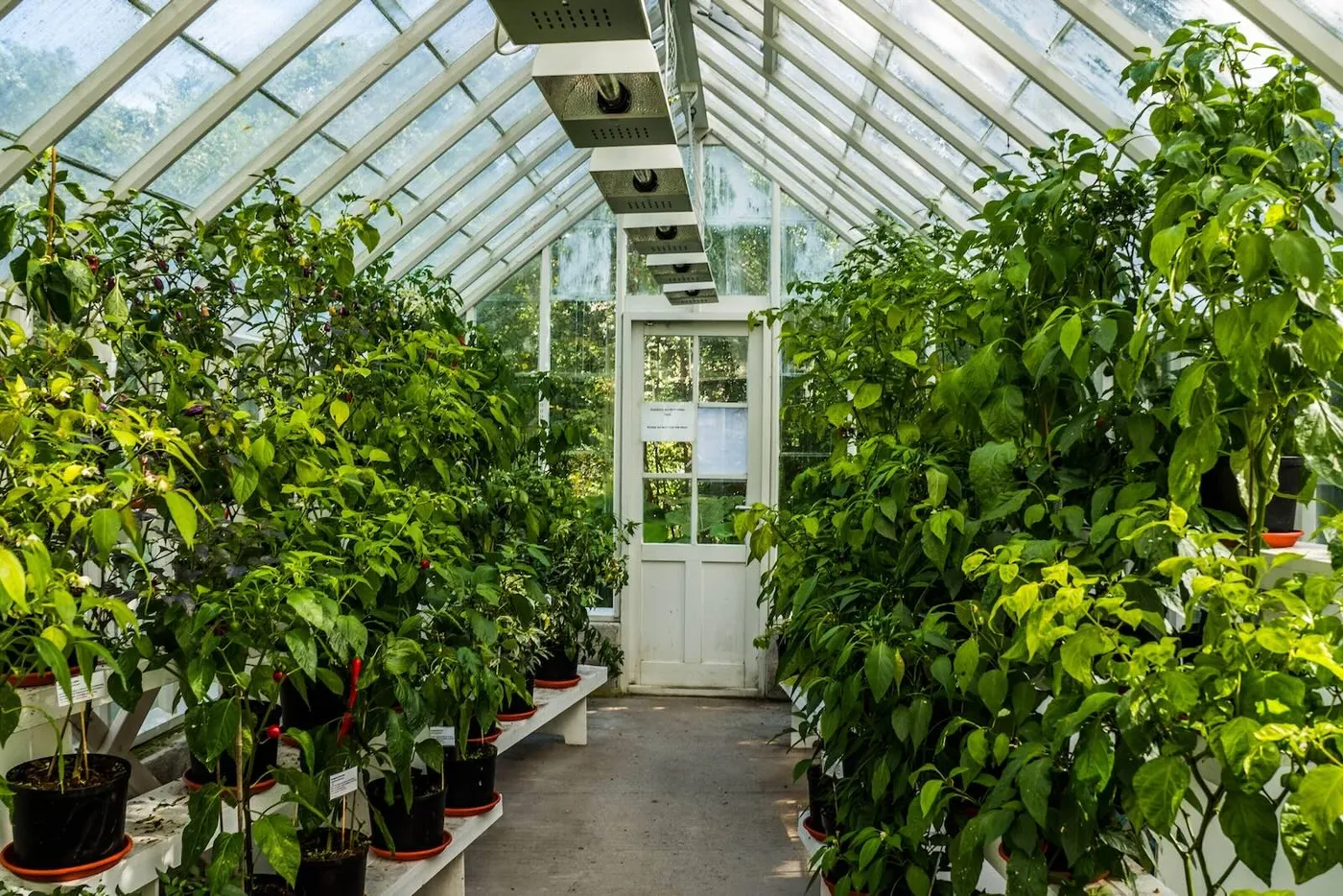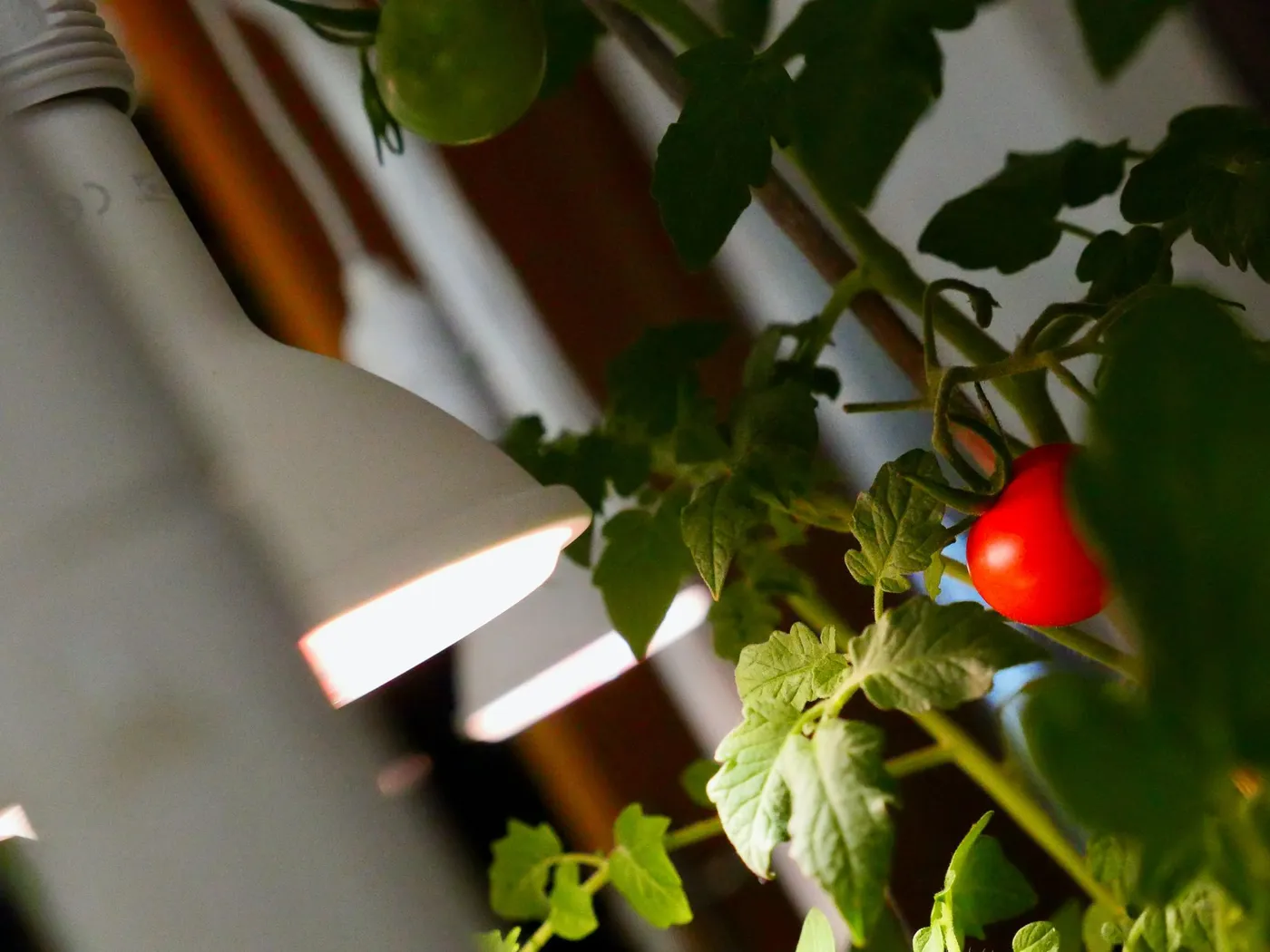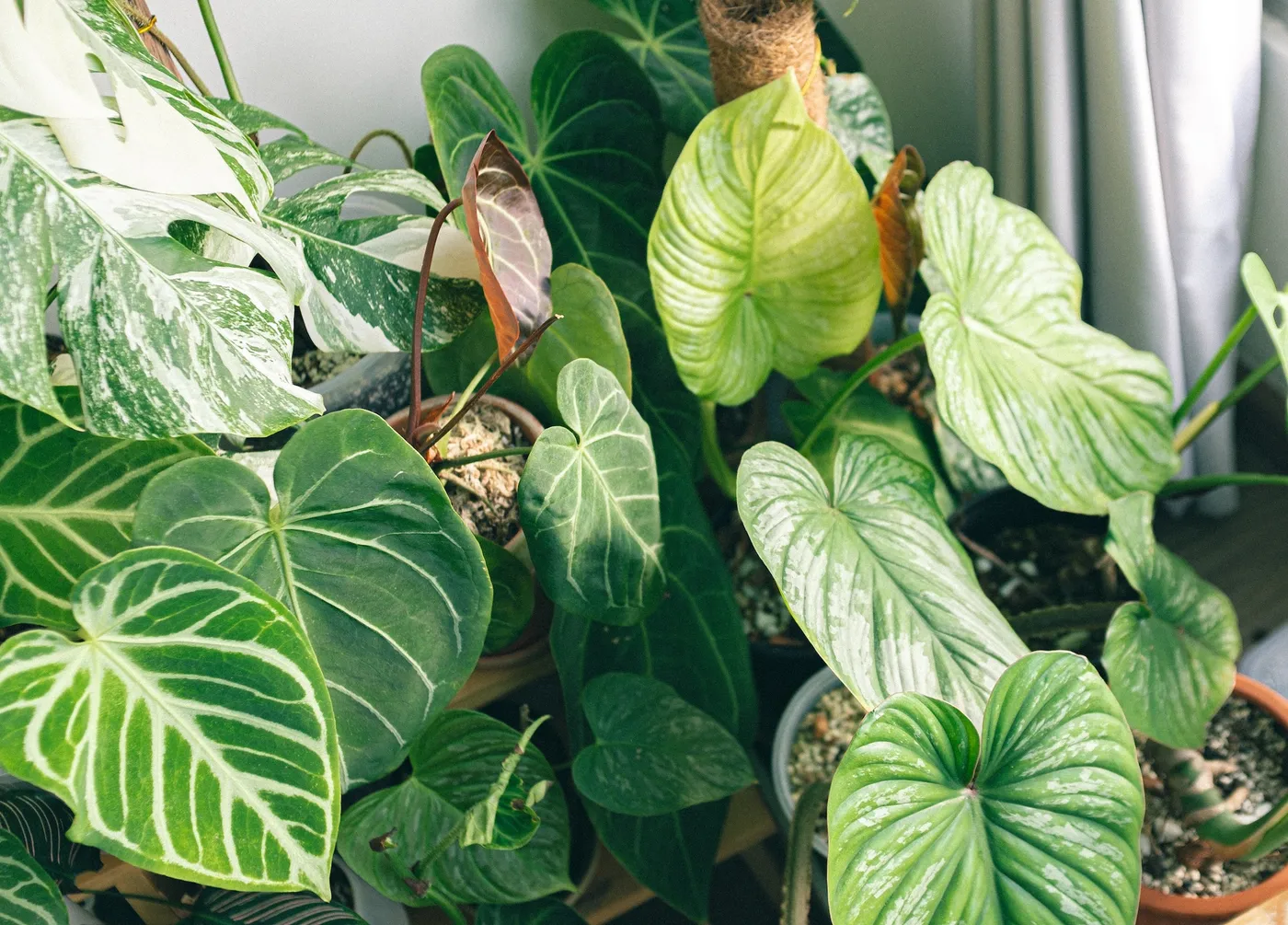
Auto-Translate
Eating fresh fruit, vegetables and herbs is great for our health, yet often, buying them is not ideal for the health of our environment. Food transport, plastic packaging and food waste all take their toll. You can grow fruit, vegetables and herbs in the comfort of your own home. This can be the first step you take towards creating a better future for our planet and our future generations.
Creating an indoor hydroponic garden is a great option for growing your own vegetables all year round. You can start a hydroponics system from your kitchen, or for larger gardens, you can utilise your basement or garage space. The best thing about hydroponics is that it is scalable, meaning you can start small and work your way up to a larger operation whenever you please.
What is Hydroponics?
Hydroponics is the science of growing plants in a soil-free system by feeding the plants with a nutrient-rich water solution. The same natural elements necessary for plant growth in soils are used, with the advantage that your plants are not restricted by weeds or soil-borne pests and diseases. Working with a water-based system, you'll be able to concentrate all your attention on growing plants.
There are many different types of hydroponic gardens you can build yourself, with the most common being wick systems and deep water cultures. Follow our guide for a basic understanding of how to start a hydroponic garden in the comfort of your own home.
Factors to Consider When Starting an Indoor Hydroponic Garden
Space
Since we are talking about indoor hydroponic systems, space will be a limitation for the type of system that you eventually choose as the right fit for your situation. Check the available space for your garden before you choose the hydroponics system you wish to install. Keep in mind that some systems have a larger space requirement than others.
Airflow
Plants require fresh air for proper growth and development. This is an aspect that many people forget to give attention to until they experience problems related to airflow later on.
If the indoor space you’ve chosen for your new grow system does not have access to fresh air, you may need to use extractor fans and ducting to remove stale air and bring in fresh air. Having good airflow will also help to control the humidity in the room, which can elevate due to the amount of water in your hydroponic system. Lack of adequate airflow can result in the development of mould.
In most cases, a room with a window that can be opened will provide enough ventilation for your plants. However, if you are placing your system in a basement with no openable windows or doors, airflow is something you’ll need to give thought to.
Light
Apart from water, light is the most influential factor on plant growth and providing adequate lighting will make or break your indoor hydroponic garden.
The energy that plants draw from the sun helps them to grow and produce the fruit and vegetables that you eat. In an indoor environment, make sure that you can provide the correct type of light to cater to your plants needs, as well as the right amount of light per day. Our plant lighting calculator can help you identify and adjust those two factors.
If the room you’ve selected for your hydroponics system catches lots of natural sunlight for most of the day, you may be able to get away without any artificial lighting for your plants. In most cases though, even the brightest rooms will only have sunlight for a small portion of the day. Thus, it will still need artificial lighting.

Choosing a Hydroponic System
As mentioned above, there are many different types of hydroponic gardens you can build yourself. Here, we have a basic breakdown of the two most common types of hydroponic systems for your understanding.
Both techniques are easy to understand and are relatively budget friendly, which is great for those just starting out.
Wick Systems
Wick systems are considered to be a basic or entry-level hydroponic technique, which is a great option for your first hydroponic garden.
Using the wick technique, the plants are grown in a tray that is suspended above the water supply containing the nutrient solution. The nutrients are delivered to the plants by a ‘wick’ in the form of a piece of fibre rope or felt.
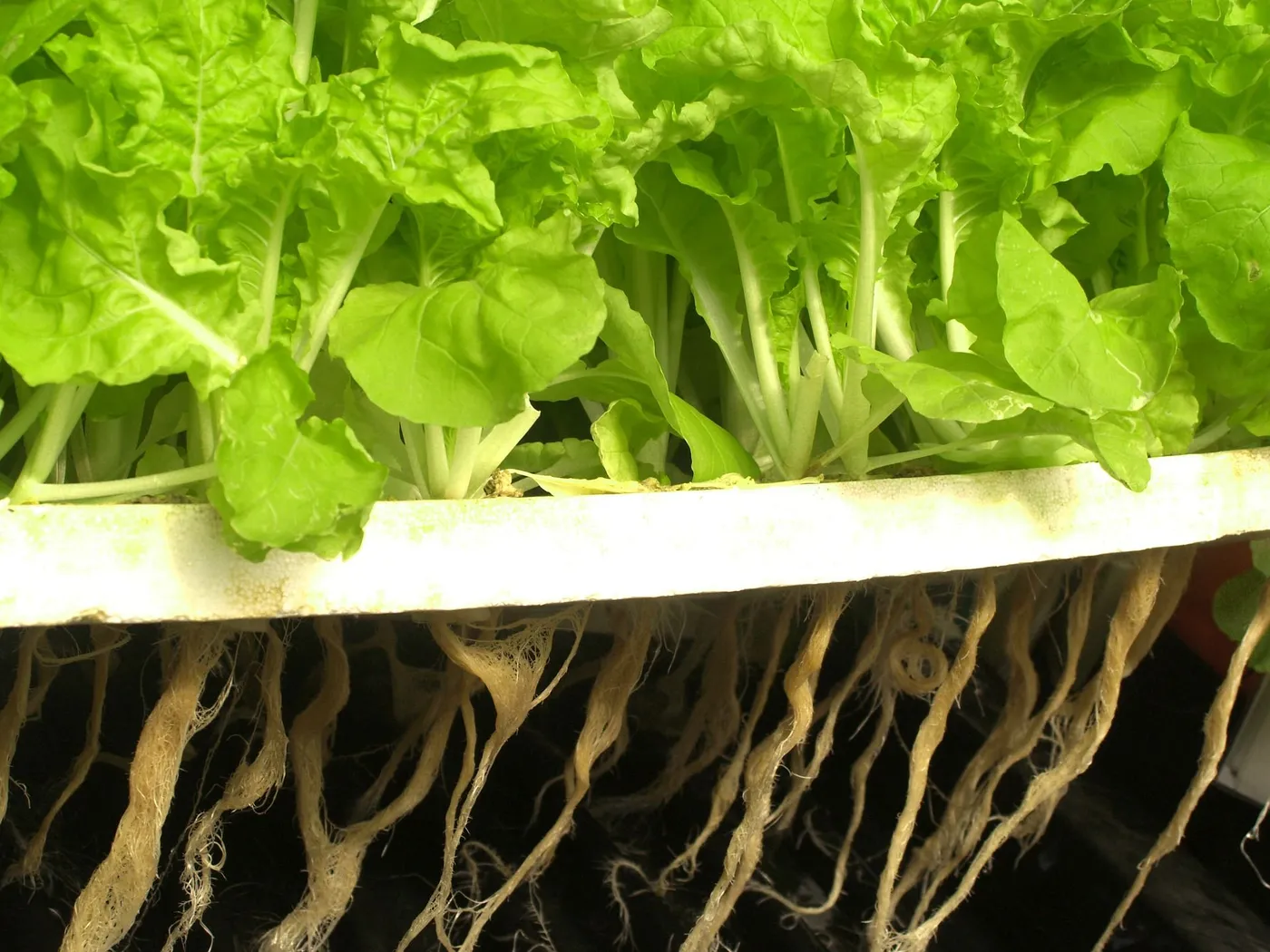
One end of the wick is placed in the tray that the plants are in, and the other end hangs in the nutrient solution below. The nutrient solution makes its way up the wick, and is delivered where it is accessible to the plants.
Deep Water Cultures
The deep water culture (DWC) hydroponics system is a method that is often used by high-volume commercial growers.
The plants are grown directly in the nutrient solution, usually supported on a float. The float has holes in it, and the plants are put in baskets that fit in the holes, with the roots of the plants hanging directly in the solution beneath.
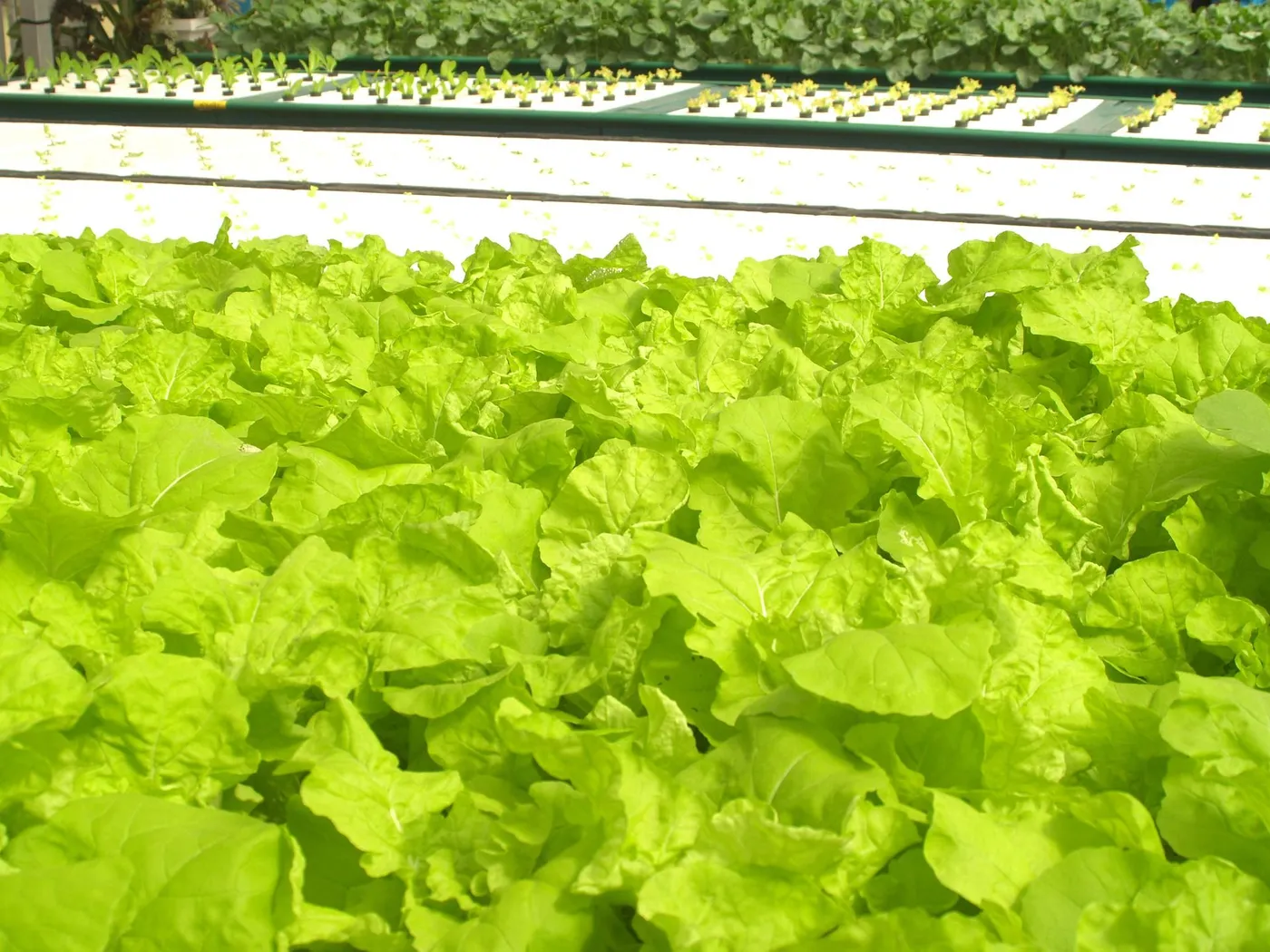
The main advantage of the deep water culture system is that it is relatively inexpensive to get set up and running, and it is easy to manage and maintain.
Getting Started
Although there are many other hydroponic techniques available, either of the systems we have discussed can be used successfully for an indoor hydroponics system. They are especially suitable if you are only growing plants for your and your family’s needs.
If you're in the need to measure light – which will be the case at some point – we recommend considering our plant light measurement app Photone.

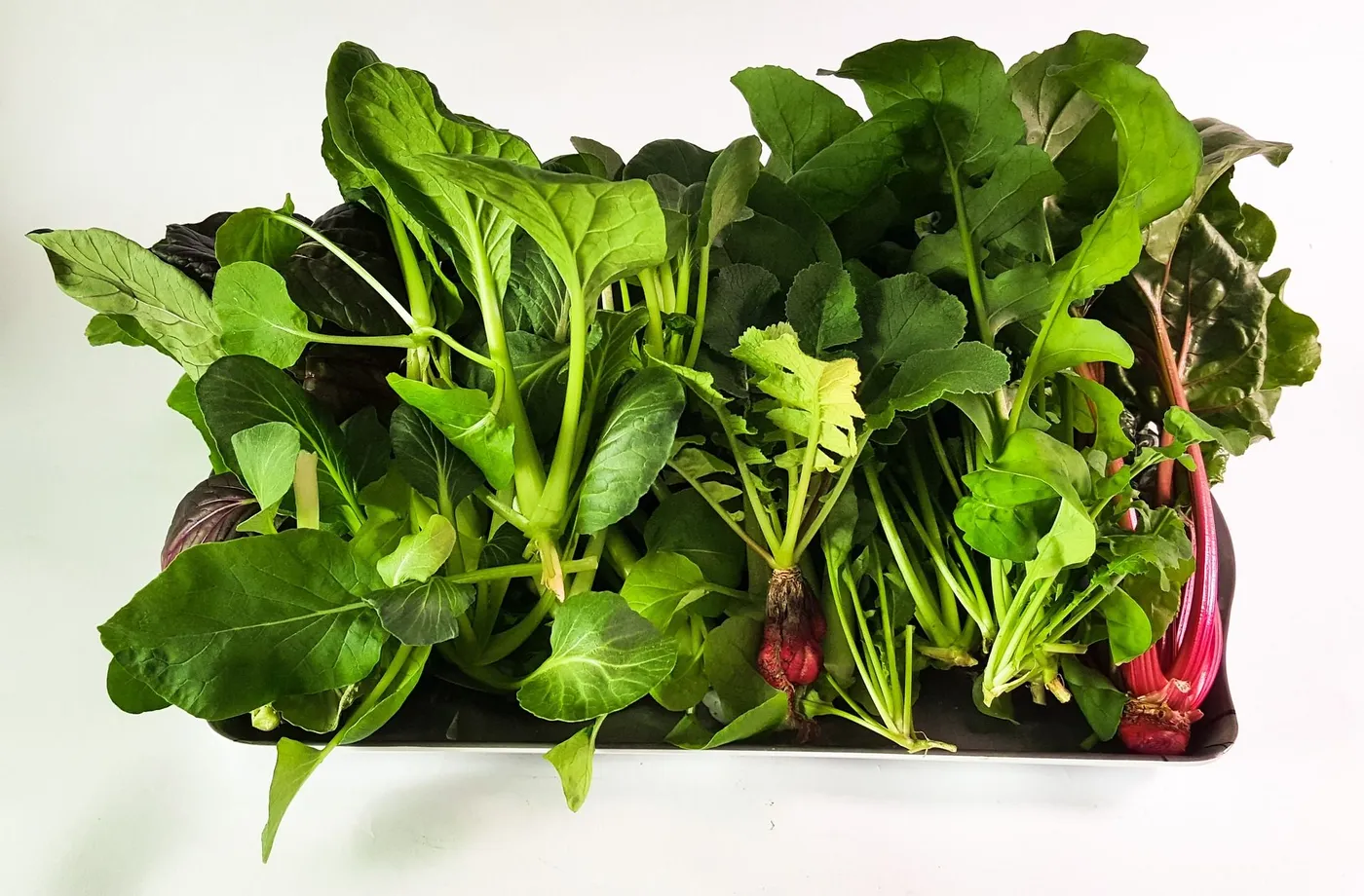
 Share This
Share This



